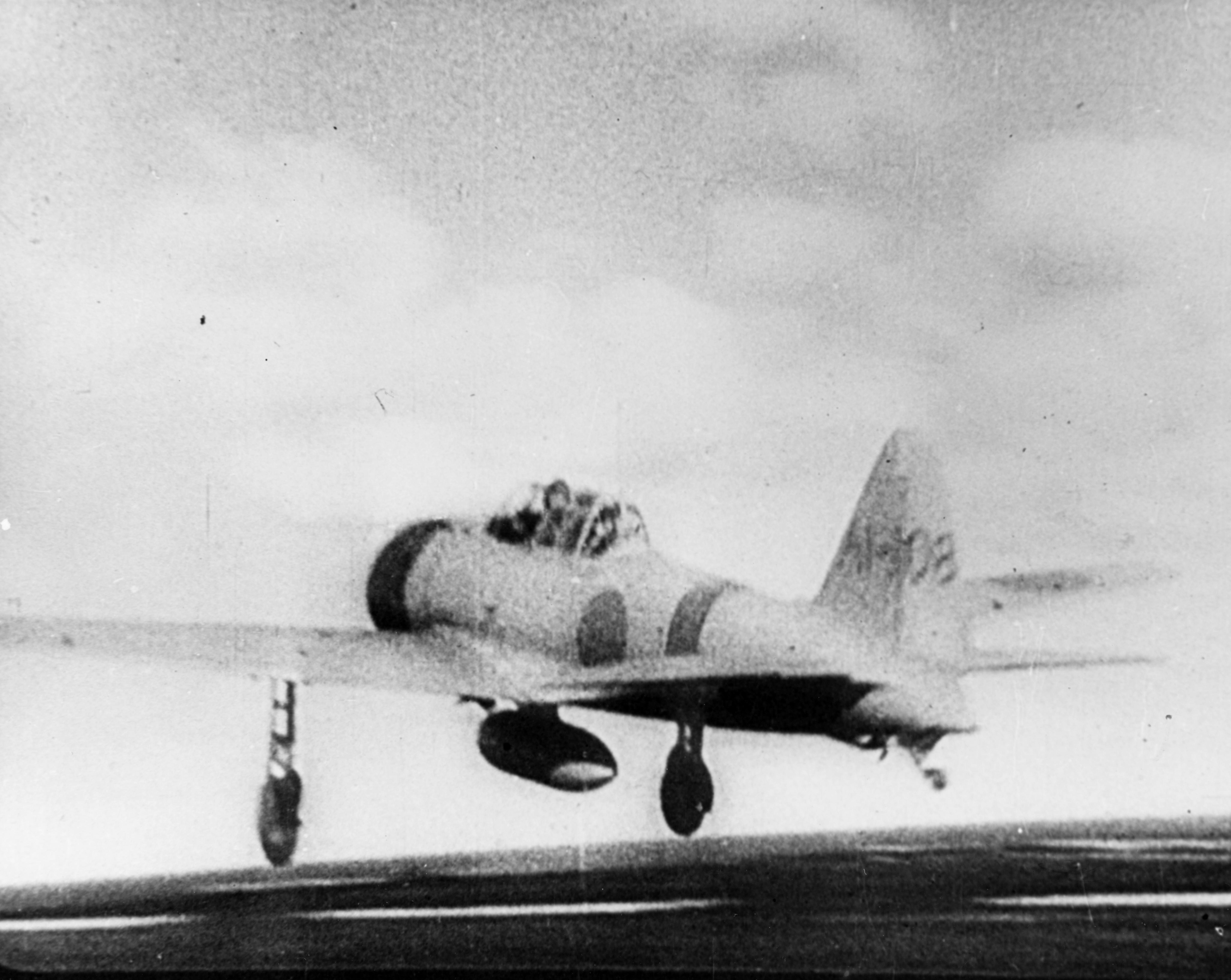Submarines: Instead of B-17 attacks, Frank proposed a rule whereby each side would get a finite number of opportunities for submarine engagements with enemy fleets. (This rule seems loosely based on the article "Gross Injustice to Submarines," by Richard Gutenkunst, in the WGtM, which first appeared in the magazine The General Vol. 3 No. 5.) The Americans would have seven opportunities, and the Japanese three, to declare a submarine engagement after completing searches and before noting air operations. The opponent would then state whether his fleet included a task force eligible for a submarine attack - i.e., a group of three ships together in a zone that was not in Column 'A' (the westernmost column of areas) nor in the zone containing Midway. If so, the opponent would secretly select such a group, and the player declaring the submarine attack would roll the die.
- A '1' would result in the sinking of the submarine and the loss of all future submarine engagements.
- A '2' through '4' would require the opponent to list all ship types and the number of each in the target group and state the area (but not the zone) in which the group was located.
- A '5' would result in the same intelligence report plus one point of damage to a carrier of the defender's choice in that group. (If there was no carrier, then a battleship; if no battleship, any ship.)
- A '6' would result in the intelligence report plus three such points of damage spread among three ships, the first of which must be a carrier (or else battleship).
_leaving_San_Diego_on_14_October_1941_(80-G-416362).jpg/1024px-USS_Lexington_(CV-2)_leaving_San_Diego_on_14_October_1941_(80-G-416362).jpg) |
| USS Lexington - USN photo |
On the first day (3 June), I was way too cagey trying to avoid the Japanese search pattern, thinking that my success would come from outfoxing Frank in the search board game and getting an unanswered strike on him early in the game. But I was too cautious, and ended up out of range when sundown came without an opportunity to attack him on the first day. Meanwhile his carrier strike force doubled back and rendezvoused with his reinforcements, so that when I finally did conduct an air attack, he was well-defended. I was too cautious in the execution of my first attack as well, avoiding his anti-aircraft screens rather than engaging multiple carriers in a single strike. I sunk Soryu but did little other damage.
 |
| Mitsubishi A6M2 Zero taking off from Akagi USN photo. Public domain |
I resigned, and we projected the the final score would look something like this:
Frank H. - IJN
7 chit draw
2 Atlanta
10 Enterprise
10 Hornet
10 Yorktown
15 capture of Midway (projected)
54 total
Paul O. - USN
9 chit draw
8 Hiryu
8 Soryu
4 holding Midway until 1100 June 5 (projected)
29 total
So it was a resounding success for the Japanese Navy as well as a fun exercise of Frank's variable OOB.
We are thinking that the next engagement will be one of the "Pacific Theatre via Midway" scenarios from the Alan R. Moon article in the WGtM. Frank has the corresponding Coral Sea variant map, so it will be new territory for both of us.

Paul was very aggressive on day 2, engaging in 3 battles even as his carriers became more and more vulnerable. He had so reduced my attack plane total that it may have taken a few more turns to reduce Midway. -- Frank H.
ReplyDeleteSounds like a fun game with some neat variables.
ReplyDeleteMidway is always fun, made all the more so with variation on the OOB.
ReplyDelete